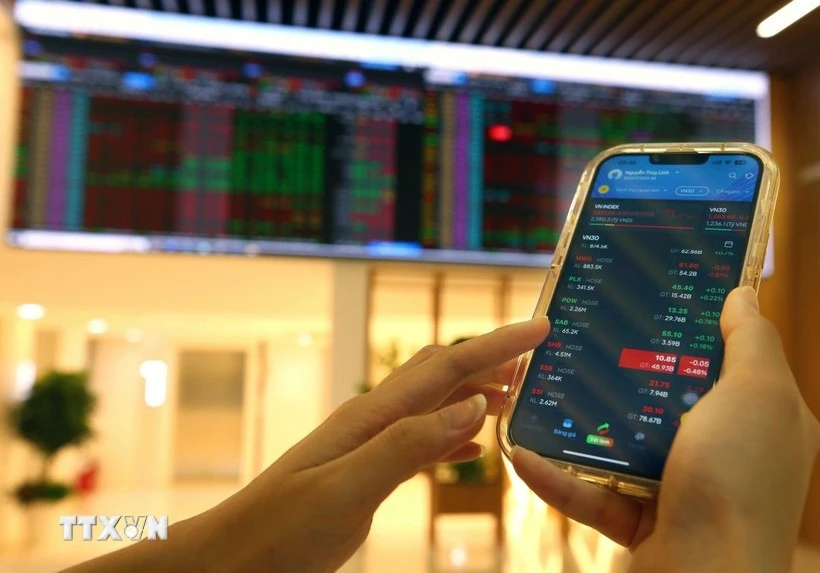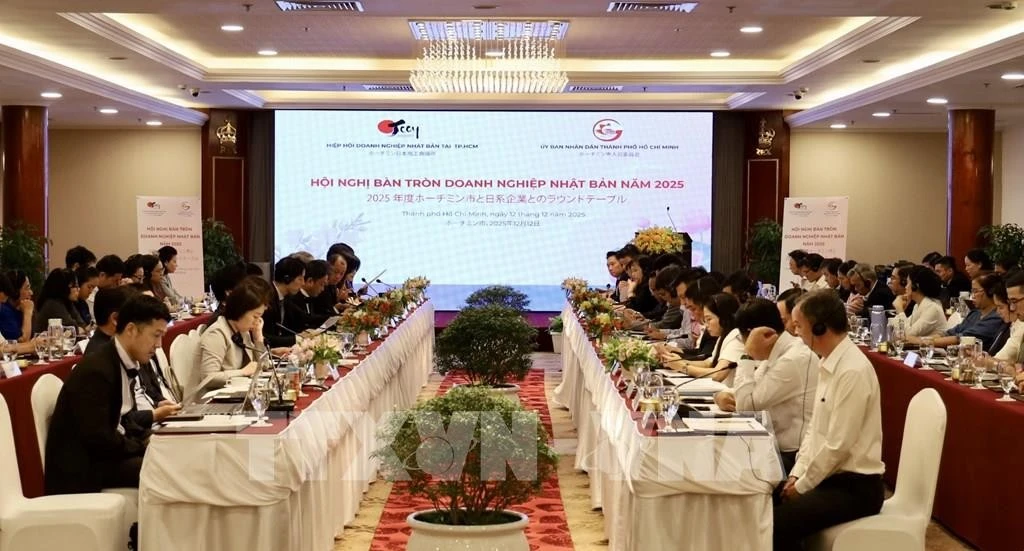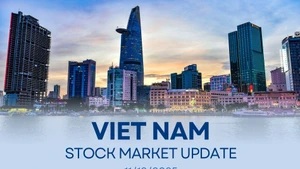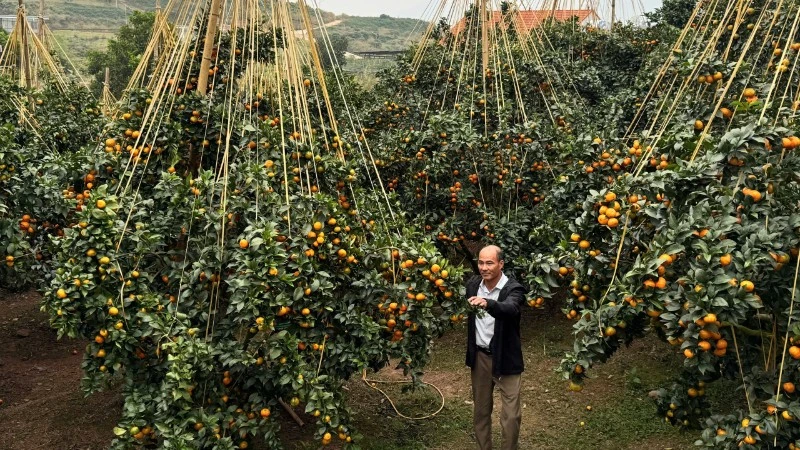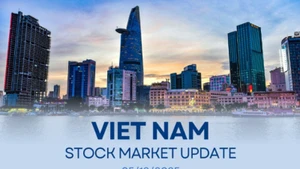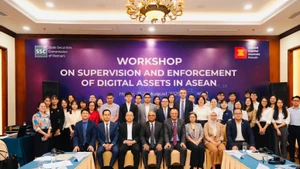Most fruit and vegetable categories recorded strong growth, rising by double or even triple digits compared with the same period of 2024. Passion fruit was the largest export item to the EU in the first half of 2025, earning 58.59 million USD, an increase of 112.9%, and accounting for 25.1% of Viet Nam’s total fruit and vegetable exports to the bloc.
Other products also saw notable gains: mangoes reached 39.9 million USD (up 28.6%), pistachios 34.2 million USD (up 102.1%), pineapples 19.5 million USD (up 207.9%), coconuts 18.3 million USD (up 49.1%), and dragon fruit 9.36 million USD (up 10.5%).
Viet Nam is currently the EU’s 24th-largest supplier of vegetables, flowers, roots, fruits and processed products, with export values of around 169.5 million USD, 37.8% higher than the same period last year.
Statistics from the General Department of Customs under the Ministry of Finance show that Viet Nam’s fruit and vegetable exports to the EU reached 233.2 million USD in the first six months of 2025, up 44.1% year-on-year.
Nguyen Thanh Binh, Chairman of the Viet Nam Fruit and Vegetable Association, attributed the growth to rising consumer preference in the EU for Vietnamese produce, thanks to improved quality. At the same time, EU consumption demand is recovering strongly while fruit output in several member states has declined due to unfavourable weather conditions.
Alongside fruit and vegetables, seafood also holds significant potential in the EU market, especially shrimp and pangasius.
In the first half of 2025, Viet Nam’s shrimp exports to the EU exceeded 252 million USD, up 16% year-on-year and accounting for 12% of the country’s total shrimp export turnover. Several key markets saw remarkable increases: Germany up 24%, Belgium up 31%, and France nearly 20%.
For pangasius, by the end of July 2025, exports to the EU reached 104 million USD, up 5% year-on-year. Spain, Belgium and France posted solid growth, offsetting declines in Germany and the Netherlands. Other products, such as rice, wooden furniture, rubber and rubber-based goods, have also grown in the EU thanks to strong market demand.
According to Tran Van Cong, Viet Nam’s Agricultural Counsellor to the EU, the bloc spends around 1.1 trillion euros annually on food and beverages, accounting for 21.4% of household expenditure. It is also one of the world’s largest consumers of agricultural, forestry and aquatic products, with annual spending of about 340 billion USD. However, Viet Nam’s market share remains very low, at roughly 2%.
For example, the EU imports 55–60 billion USD worth of seafood each year and is the world’s largest seafood consumer, with an average annual per capita consumption of 24.5 kg.
Yet in 2024, EU imports from Viet Nam amounted to just 1.04 billion USD. For rice, the EU imports 1.7–2 million tonnes annually, but imports from Viet Nam are only around 97,600 tonnes; in the wood and wood products category, worth 59 billion USD annually, the EU imported just about 500 million USD from Việt Nam in 2024.
“To strengthen agricultural exports to the EU, it is essential to enhance national branding, develop product trademarks and increase the visibility of Vietnamese agri-food products in the EU through deeper market penetration and a more diverse product range across EU retail and distribution channels,” Cong emphasised.
Meanwhile, according to the Viet Nam Association of Seafood Exporters and Producers (VASEP), the EU issues or amends around 180 regulations each year related to agricultural produce, food and seafood. Phung Thi Kim Thu, shrimp market expert at VASEP, noted that to keep pace with the EU’s extensive and constantly evolving legal framework, businesses can follow AGRINFO, a European Commission-funded initiative that provides updates on notable policy changes in the bloc.
Businesses can access AGRINFO at agrinfo.eu, which offers regular news bulletins, detailed guidance on new and complex regulations, open documents, and interactive data from the RASFF and TRACES alert systems. Staying proactively informed is both a responsibility and a competitive advantage for enterprises seeking to expand in the EU market.

